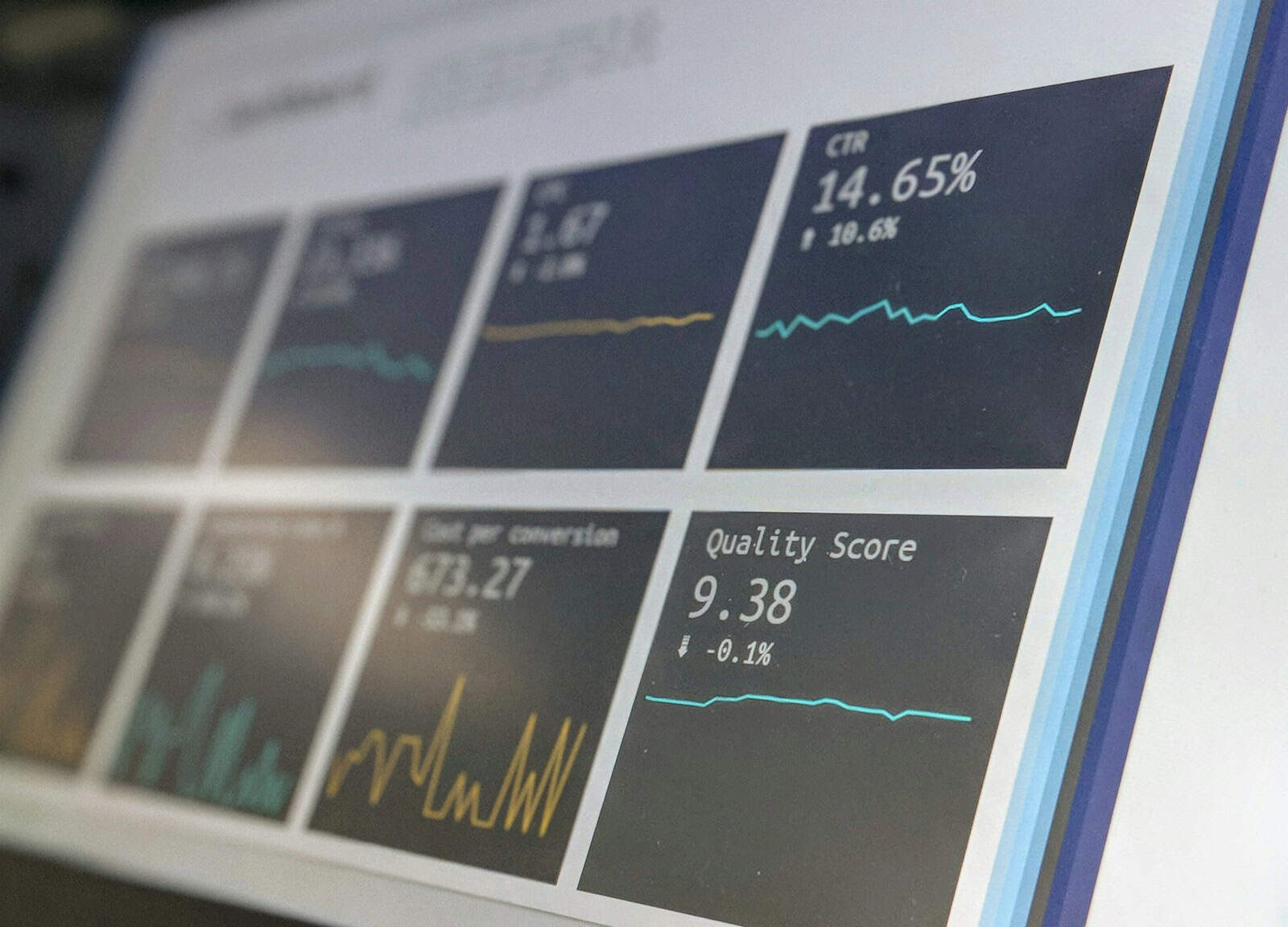Fault tree analysis is an excellent strategy to enhance safety in high risk industries. I’ve personally applied fault tree analysis to determine probable system failures and their underlying causes. Inside, you’ll discover how FTA prevents accidents by breaking down complicated systems into more digestible pieces in a step by step manner. This approach has literally saved lives and prevented massive system failures in various industries.
Comprehending Failure Logic Diagrams

The history of FTA is fascinating:
- FTA was originally developed by H.A. Watson at Bell Laboratories in 1962 for the U.S. Air Force.
- Boeing began using FTA for civil aircraft design as early as 1966.
- After the 1986 Challenger disaster, NASA used fault tree analysis.
At a high level, a fault tree includes the top event (system failure), intermediate events, basic events, and logic gates, all of which come together to create a visual representation of failure paths.
FTA is popular in a variety of industries, including:
- Aerospace
- Nuclear power
- Chemical/process industries
- Pharmaceuticals
- Petrochemical and other high hazard industries
The U.S. Nuclear Regulatory Commission began using FTA in the mid 1970s, and the Federal Aviation Administration mandated regulations in 1970, which led to the widespread use of FTA in civil aviation.
As you can see, FTA has a long history and wide applicability. Its systematic approach to analyzing failures makes it an excellent technique for improving safety in many industries.
Constructing a Fault Tree
When I build a fault tree, I always use a top-down approach. This strategy involves first identifying the top event (the main system failure you want to avoid) and then breaking that event down into smaller, more basic events.
The trick to building an effective fault tree is then to use logic gates to combine these events. In FTA, you use Boolean logic to combine the lower-level events. The most common logic gates are AND, OR, and NOT.
Symbols are an important part of a fault tree diagram. Here’s a quick symbol key:
| Symbol | What It Means |
|---|---|
| Rectangle | Event |
| Circle | Basic event |
| Diamond | Undeveloped event |
| House | External event |
| Triangle | Transfer symbol |
Each symbol represents a different type of event or connection in your fault tree, so using them correctly will help ensure your fault tree is easy for others to understand.
Analyzing Fault Trees

Qualitative analysis includes:
- Identifying critical paths to failure
- Determining minimal cut sets
- Common cause analysis
Quantitative analysis, in contrast, involves calculating probabilities. Here’s how you can do that:
- Assign probabilities to basic events.
- Use Boolean algebra to calculate the probability of the top event.
- Perform sensitivity analysis.
Calculate the probability of the top event with the formula: P(top event) = 1 – Π(1 – Pj), where Pj is the probability of each minimal cut set failing.
Identifying the minimal cut sets is the most important step. These are the smallest sets of basic events that can cause the top event. This allows you to identify the most critical basic events or components in your system.
Importance measures for basic events are also invaluable. These measures tell you which basic events most influence the probability of the top event.
Fault Tree Analysis Process
Here’s a step-by-step process to perform an FTA based on my experience:
- Define the system and system boundaries
- Identify the top event
- Develop the fault tree structure
- Assign probabilities to the basic events
- Analyze the fault tree
- Interpret the results
- Recommend system improvements
Gather all system information, such as design documents, operating procedures, and historical failure data. Then, bound the system and system boundaries to keep the analysis focused and feasible.
Creating the fault tree structure will likely be the most time-consuming step. Don’t rush this step. A well-built fault tree makes the subsequent analysis much easier and more accurate.
When evaluating the results and interpreting the information, look for common failure paths and critical paths. These insights will inform your system improvement recommendations and system risk mitigations.
Benefits and Limitations of Fault Tree Analysis
FTA has several benefits as a risk assessment tool. It offers a structured methodology to identify failure modes, helps to visualize a system, and allows for both quantitative and qualitative analysis.
However, FTA has a few drawbacks. It can be time consuming, particularly for larger, more complex systems, and there’s a risk of missing failure modes if the analysis isn’t thorough.
Here’s how it compares to other risk assessment techniques:
| Technique | Pros | Cons |
|---|---|---|
| FTA | Visual, quantifiable | Time consuming |
| FMEA | Systematic, proactive | Misses complex interactions |
| HAZOP | Comprehensive, team approach | Subjective |
| Bow-tie | Addresses both causes and effects | Less quantitative |
Use FTA when you need to analyze a single failure mode in detail, particularly in safety critical systems. For more general, less detailed analyses, use a different technique.
Software Tools for Fault Tree Analysis

Key things to look for in FTA software tools are:
- Intuitive tree construction interface
- Built-in reliability databases
- Advanced calculations
- Report generation
Here’s a comparison of some popular FTA software tools:
| Software | Strengths | Weaknesses |
|---|---|---|
| Isograph | Most comprehensive and powerful | Steeper learning curve |
| Relyence | Most user-friendly, cloud-based | Fewer advanced capabilities |
| ITEM | Native integration with other analyses | More complex to get started with |
Most modern FTA software tools also have integrations with other risk assessment processes like FMEA or event tree analysis. This is helpful, as it allows you to take a more comprehensive approach to risk management.
Best Practices for Implementing Fault Tree Analysis
Here are a few tips based on what I’ve learned about constructing fault trees effectively:
- Ensure the top event is clearly defined.
- Establish naming conventions.
- Keep basic events basic.
- Review and update the fault trees.
The most common mistakes I see with fault trees are:
- Overly complicated tree structures.
- Forgetting common cause failures.
- Treating events as independent.
Data accuracy and validation are paramount, so use trustworthy data sources. If possible, cross-check references. Feel free to ask a subject matter expert for assistance.
Integrating FTA into your broader risk management processes will improve your organization’s safety record. Use FTA to guide design decisions, maintenance schedules, and safety procedures.
Lastly, while FTA is a great resource, it’s not a be-all, end-all solution. Use FTA in combination with other risk assessment tools.
Final Thoughts
Fault Tree Analysis is an effective method to understand and prevent system failures. I’ve used it in various industries, from aerospace to nuclear power, and breaking down potential system failures step by step helps you pinpoint the most important weak points and address them.
However, FTA is only one step of the process. Use other risk analysis tools in conjunction with FTA to develop a more complete analysis. With some practice and the use of software, you can become proficient at FTA and make a big impact on system reliability and safety.





